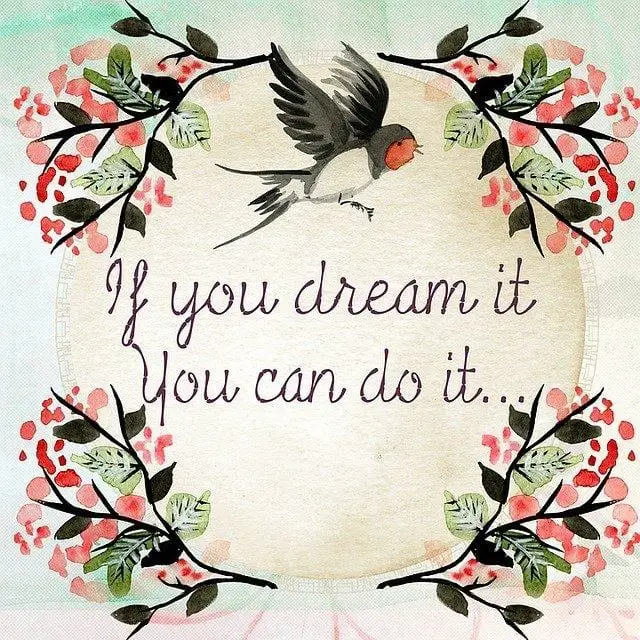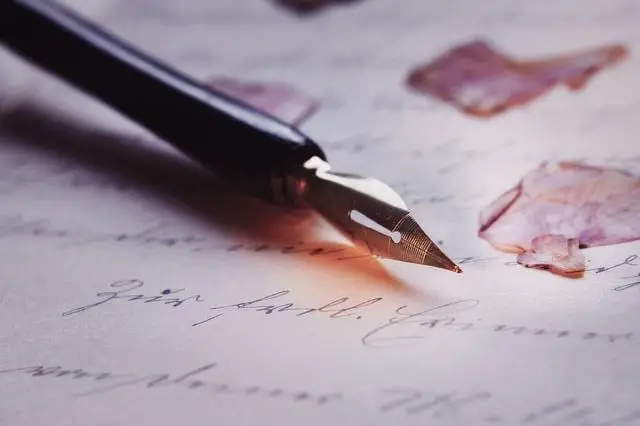
How calligraphy wall art lifts home décor
Wall calligraphy is the art of painting, printing, or installing visually stimulating letters or words on walls. The art form draws from the intent of murals and adds wonders to lift the visual aesthetic of any space. A well-executed piece of calligraphy is a great way to add a chic, modern touch to your living spaces. It can also add an equally traditional, mystical touch to any room. But it can do more. Calligraphy is not merely about the beauty; it’s also about the message. It adds loads of personality and character to a space and makes it essentially you!
Here are some of the most important factors to consider when going through a calligraphy makeover for your home:
1. The Medium
The type of wall you’re looking to beautify determines many other variables in the process. For example, a plastered or painted wall takes well to painted letters/words and helps them stand out. The same applies to wooden and artificial walls. That said, there are also several types of painted or wooden walls that may not hold paint well. In that case, you may want to consider decals and other similar adhesive options.
Once you’re sure about the surface you’re using for your calligraphy wall art, you will have a better picture of the material you need to use. Paints, adhesive decals and vinyl lettering are the most commonly used methods to apply calligraphy to walls. While people do also go for engraved writings, this method is not as common in home use. Paints, decals and vinyl lettering are way easier to execute. They do not require as much time and craftsmanship as wall engravings.
Even within paints and decals, there are pros and cons associated to either form. Decals, for example, are faster to create and execute since they are usually laser printed. They may, however, damage walls when removed, depending on the surface of application. Similarly, vinyl lettering are individually cut out without a background and are highly adhesive. However, the need for creating complex designs could pose a challenge.
Paints have the obvious upper hand in this case, with a wider range for artistic expression. On the other hand, removing paints from walls requires the whole surface to be repainted with higher cost implications. Also, hand painting calligraphy is a specialized art that requires a high level of skill.
2. The Message
What is the key message you’re looking to express with calligraphy? In most cases, people tend to go for motivational or emotional messages. Many others also like a touch of humor to their surroundings. There is also the option to find quotes that have a deeper spiritual significance. In either case, the most important aspect to keep in mind is the personality of the message. Is it to your liking? Does it fit the overall aesthetic of your living space? If the answer to these questions is “yes”, you’ve found yourself the perfect message.
Finding the right message may be time-consuming, but it is well worth the wait. The internet offers plenty of options to find great quotes and ideas for wall art. Then again, if you are an avid reader or writer, finding the words to go with your thoughts shouldn’t be a challenge. You could also consider consulting a writer or calligraphy specialist who may have a wider range of ideas and resources in keeping with your requirements.

Don’t forget to explore the idea of trying out a different language altogether. You can find loads of options in languages including Arabic, Chinese, Indian, Japanese, and many others. Adding a foreign language doesn’t only add depth and mystique to the art, it also offers designers the opportunity to explore a wider range of design accents. Either way, the end goal must be to find the words that you think represent the right vibe in your living space.
3. The Style
What you’re saying is just as important as how you say it. The font and style of calligraphy wall art plays an integral part in setting the right mood and aesthetic. It is key to both, the tone of voice of the message, and the visual appeal you’re looking to create.
For example, if you’re going for a romantic and dreamy quote or message, a flowy, handwritten font serves the purpose best. Handwritten capitalized fonts are a great choice for humorous quotes. On the other hand, if you’re going for a motivational message, a strong, bolded font will do the trick.
There is a very good reason that type choices have such an impact – they play an integral role in reflecting the psychology of the message. Serif fonts reflect traditionalism, respectability and reliability, while sans-serif fonts have a clean, modern appeal. Script fonts are affectionate, elegant and creative. Display fonts err towards a friendly, expressive, even amusing appeal.
At the end of the day, you need your fonts to tie in with the larger narrative. A humorous quote in a traditional font is going to look out of place. A motivational quote in a jumbled, comical font will miss the point. Finding the right font is will help you avoid a mismatch of this kind.
Then again, your font selection should also complement the overall aesthetic of the living space. For example, you don’t want to be experimenting with contemporary fonts in a classically set up room. Similarly, if your bedroom has a dreamy décor with pastel colors, you need to ensure that your calligraphy complements this vibe.
4. The Location
The location of your calligraphy wall art adds yet another dimension to its impact. It may or may not impact the meaning of the art, but it plays a major role in setting the right context. This is how you can leverage any spot in your house to tie in with the narrative:
- At the entrance to express warmth, a feeling or oneness with the family and to be at comfort
- Near the exit door to get yourself in a positive state of mind or to do away with any anxiety you may have when leaving home
- Across a wall in the kitchen to express your love for food, embrace the joy of cooking and life
- Along vertical stair sides to express ascendancy, upliftment and optimism
- Above the bedpost to create a feeling of relaxation, comfort, homeliness or even dreaminess
- At your study to remember your favorite quotes from books or to remind you that this is your happy place
- In your wardrobe to get you to remember your family and put a smile on your face every time you look at it
- Across the living room wall to create a sense of wisdom or spirituality with a profound message
- In the toilet or shower to set you on the path of reflection or even give you a light chuckle every time you read the words
While these suggestions shed light on different locations ideal for calligraphy art, you can always feel free to switch the type of messaging you choose for these areas. The bottom line is to remember that it’s all about your preferences and the vibe you’re looking to create at any given space.
5. The Execution
Once you have all the ideas in place, it all comes down to the execution – the part where your calligraphy idea becomes a reality.
The easiest, and perhaps, the quickest way to get your calligraphy wall art executed is to get in touch with a professional. The advantages here? Assuming that the artist is experienced, he or she will have the right tools and acumen to get the job done. Apart from providing objective consultation on the required material and execution possibilities, a professional will be in a better position to execute your ideas in the best possible way. This does come with the added cost component, however, hiring the right person for the job can help you achieve perfect results and avoid jumping hoops.
There is also the option to go the DIY way. Do-it-yourself calligraphy is certainly not a job for the faint-hearted, given that you will be attempting to create art in a living space. That said, if you are trained in calligraphy, this may just be the project that inspires you to create many others. Again, the internet has loads of resources to get you trained. However, you need to make sure you’ve got a good handle over the skill before you go ahead and create a masterpiece.
While some believe execution is the most important phase in calligraphy, it can be argued that sound execution depends on the thought put into the medium, the message, the style and the location. However, the fact is that these phases are intertwined – the success of each being a function of the other. A good final product is one that reflects the balance between these factors and gives you a living space that impresses you every time you walk by.